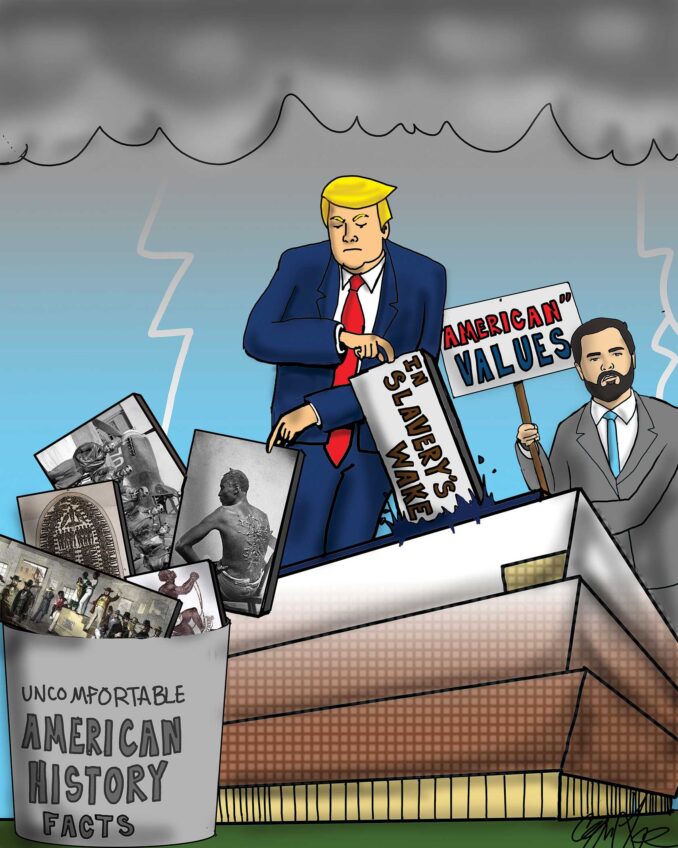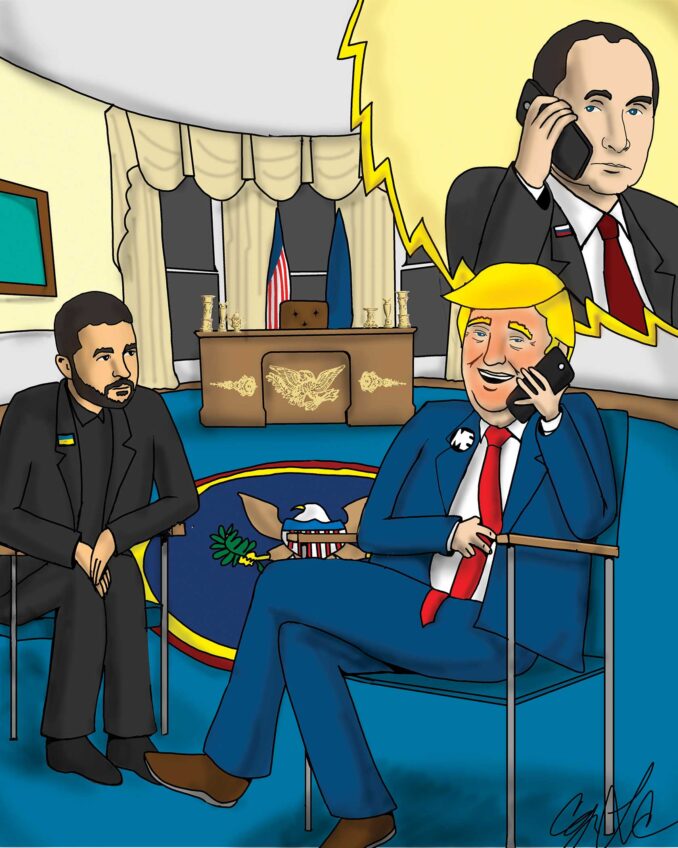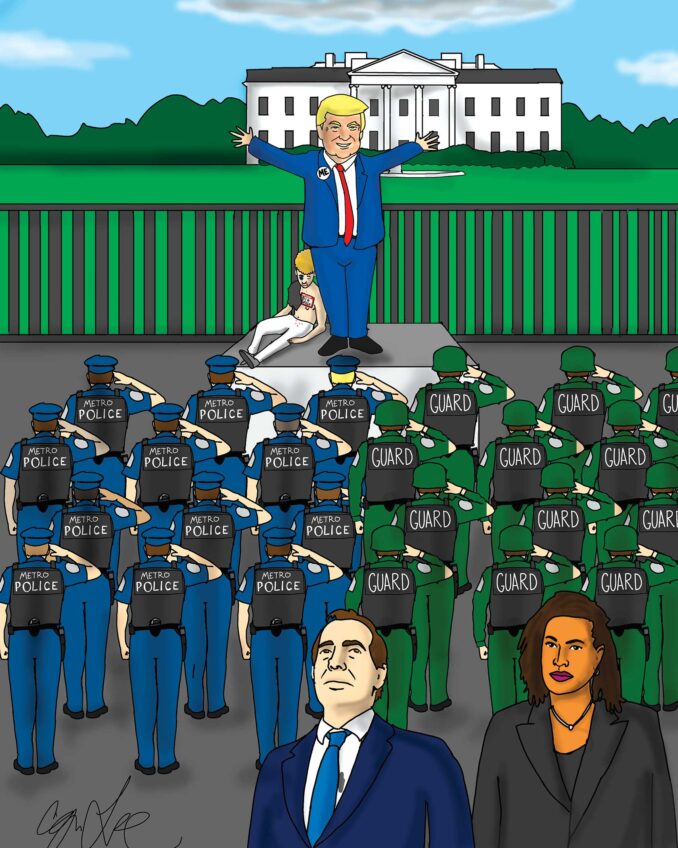
Patriot’s Day is a major holiday in Massachusetts. It is a celebration of the beginning of America’s Revolutionary War against Britain. Every year a rider impersonating William Dawes rides a horse from Eliot Square in Roxbury to warn the residents of the western suburbs that “the British are coming.” Minutemen reenactors confront the British Redcoats in Concord and Lexington and once again fire “the shot heard around the world.” The performance of the colonial militia generated a strong interest among early Americans in maintaining the right to bear arms in the Second Amendment of the U.S. Constitution.
Violence in the colonies actually occurred before April 19, 1775, the Patriots’ Day event. There were frequent acts of revolutionary violence in Boston, but on March 5, 1770 Crispus Attucks, a runaway slave, was killed by a British soldier during such a confrontation. Attucks died in what is called the Boston Massacre. He is the first casualty in the American Revolution.
The increase of violence in opposition to colonialism induced the Crown’s governor in Massachusetts, Gen. Thomas Gage, to outlaw arsenals and even the formation of armed militias. The Redcoat march to Concord and Lexington in 1775 did not successfully shutter armed resistance to colonization. The Redcoats had to retreat.
After American independence, Congress approved the Second Amendment on Sept. 25, 1789 and it was ratified on Dec. 15, 1791. The Second Amendment to the U.S. Constitution states:
A well-regulated militia, being necessary to the security of a free state, the right of the people to keep and bear arms, shall not be infringed.
This simple language does not provide clear direction about the regulation of firearms in the 21st century. However, one thing is clear. Government officials, judges and congressmen of the 18th century could not envision the panoply of weaponry available in the 21st century.
The right to acquire and own firearms became accepted in the 19th century, even by blacks who had not yet gained equality. The ardent advocate of emancipation, Frederick Douglass, is reported to have said: “The liberties of the American people were dependent upon the ballot box, the jury box and the cartridge box; that without these, no class of people could live and flourish in this country.”
Blacks did not contemplate the extent to which the prevalence of concealed firearms would come to justify a Fourth Amendment violation of an individual. In the case of Terry vs. Ohio (1968), the U.S. Supreme Court stated that “Even a limited search of the outer clothing for weapons constitutes a severe, though brief, intrusion upon cherished personal security, and it must surely be an annoying, frightening, and perhaps humiliating experience.”
Usually, police officers must have probable cause to make an arrest before they conduct a personal search or even a pat down. However, the court concluded “that there is a narrowly drawn authority to permit a reasonable search for weapons for the protection of the police officer, where he has reason to believe that he is dealing with an armed and dangerous individual, regardless of whether he has probable cause to arrest the individual for a crime.”
Perhaps the effectiveness of the Minuteman militias induced the Founding Fathers to secure in the Second Amendment the citizens’ rights to bear arms, and now we have to cope with “stop and frisk,” which violates the constitutional rights that were to be provided by the Fourth Amendment.






